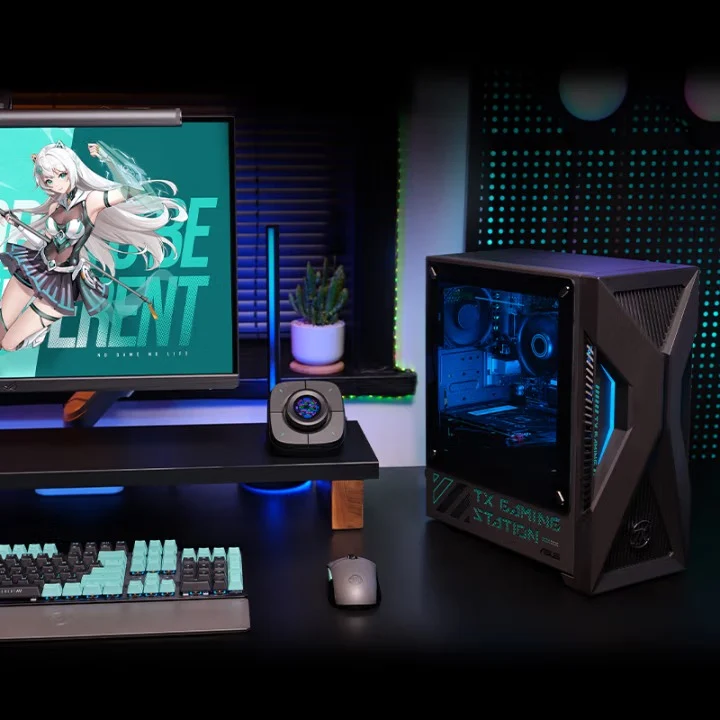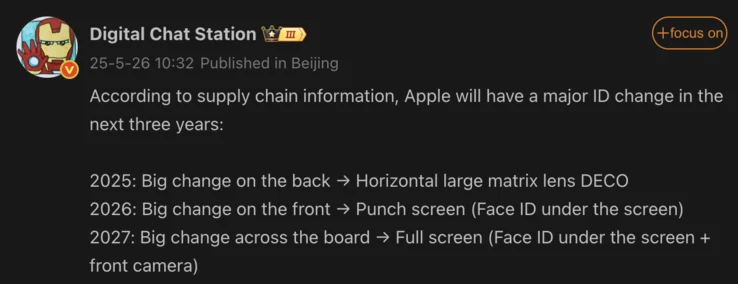Key Takeaways
1. The Moto G96 features a 6.67-inch curved pOLED display with a 144Hz refresh rate and a hole-punch design for the front camera.
2. It will be available in four vegan leather colors: Cattleya Orchid, Dresden Blue, Greener Pastures, and Ashleigh Blue.
3. The smartphone is powered by the Snapdragon 7s Gen 2 chipset, with 12GB of RAM and 256GB of internal storage.
4. The camera setup includes a 50MP main camera, an 8MP macro lens, and a 32MP front camera.
5. The Moto G96 is expected to have a 5,500mAh battery and will be priced under ₹25,000 (approximately US$270) in India.
Motorola is set to introduce another G series smartphone, known as the Moto G96, which is anticipated to release soon alongside the Moto G86. Although there hasn’t been an official confirmation, recent leaks from Android Headlines have revealed images and important specifications of the Moto G96.
Display and Design Features
The Moto G96 is expected to sport a 6.67-inch curved pOLED display that boasts a 144Hz refresh rate, 10-bit color depth, and Water Touch 2.0 technology. It will feature a hole-punch design for the front camera. The overall design resembles that of the Moto G85, in contrast to the G86, which is expected to have a flat screen.
Color Options and Hardware
This model will come in four distinct colors, all made from vegan leather: Cattleya Orchid (lavender), Dresden Blue, Greener Pastures, and Ashleigh Blue. Under the hood, it’s rumored to be powered by the Snapdragon 7s Gen 2 chipset. Additionally, it will offer 12GB of RAM and 256GB of internal storage. The 7s Gen 2 is an upgrade from the Snapdragon 6 Gen 4 found in the Moto G95, even though Motorola has opted not to include the more recent 7s Gen 3.
Camera and Battery Specs
The rear camera system will feature a 50MP Sony LYTIA 700C main sensor, along with an 8MP macro lens. On the front, a 32MP camera is expected to be present. The smartphone will be equipped with a robust 5,500mAh battery. While pricing information will be officially revealed at the time of launch, it is believed that the Moto G96 will be priced under ₹25,000 in India, translating to approximately US$270.
Source:
Link




















